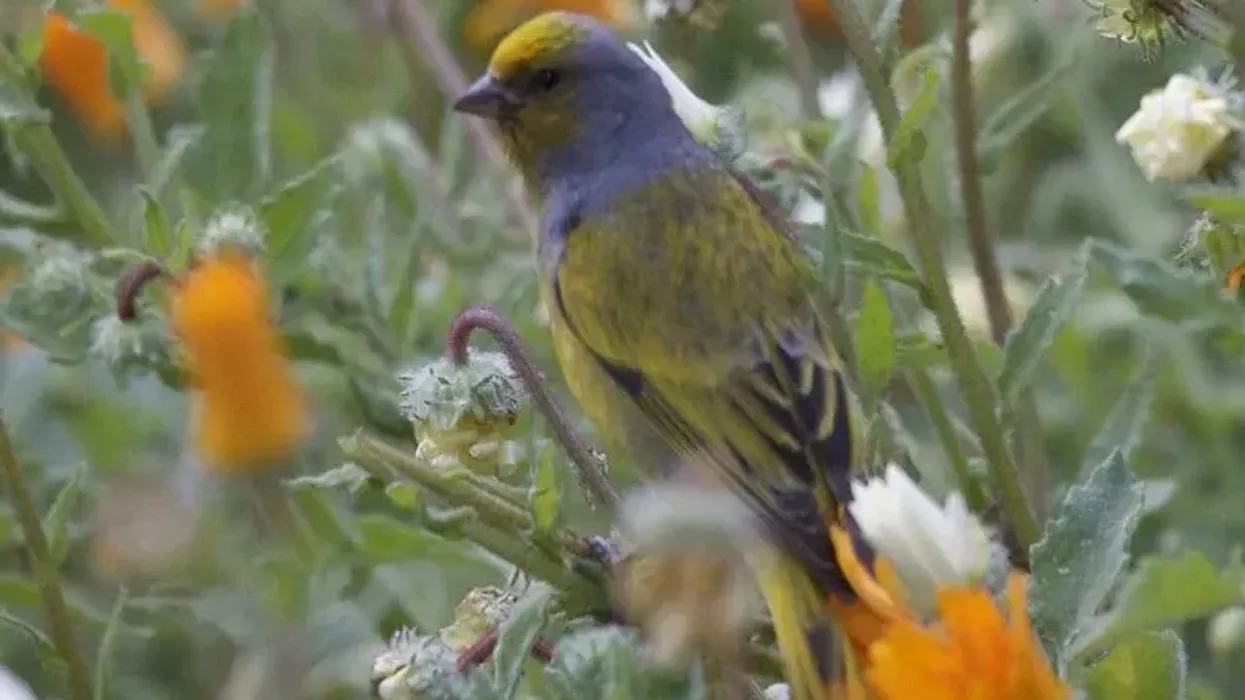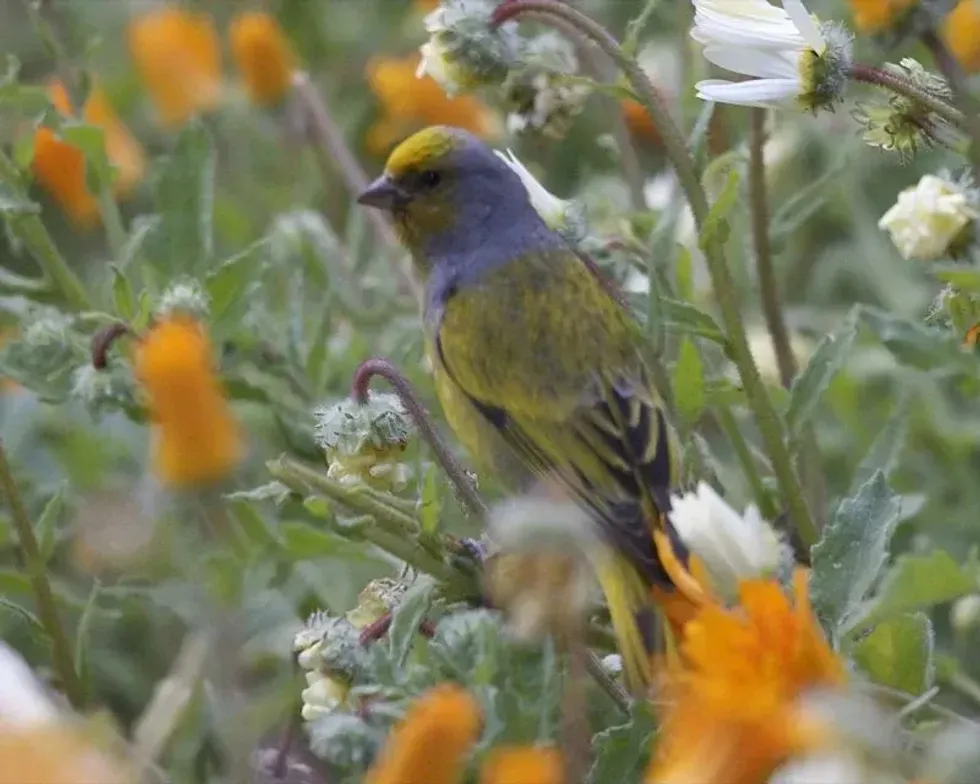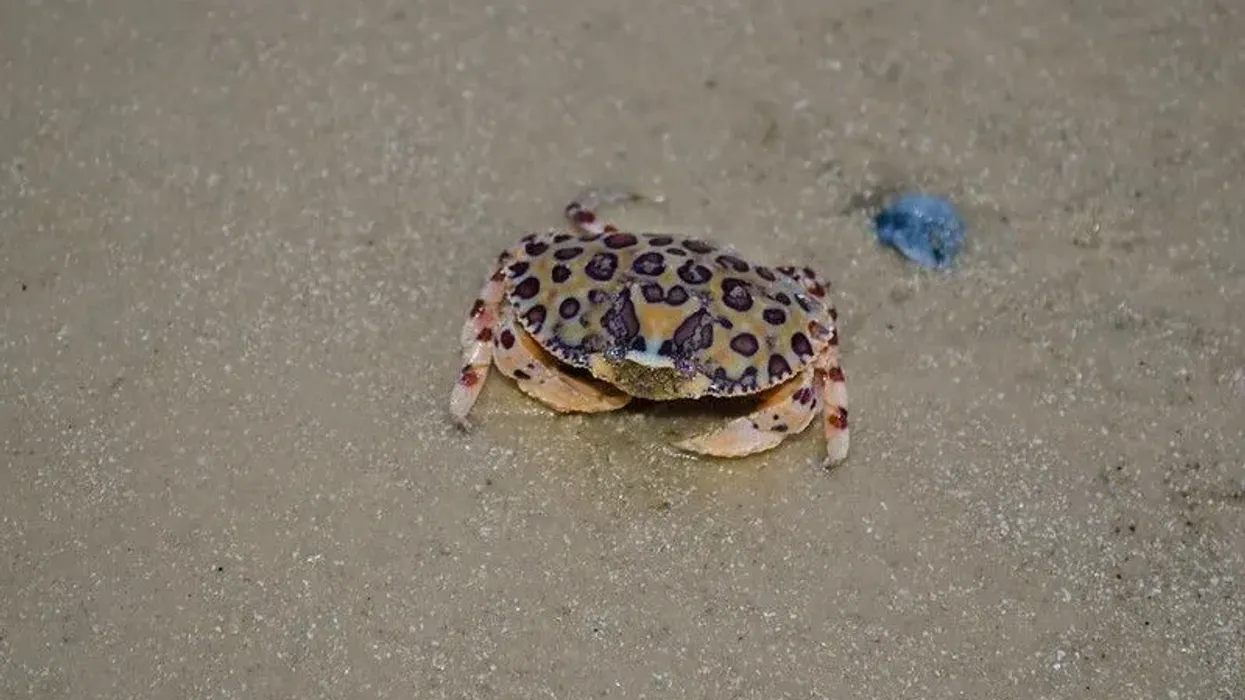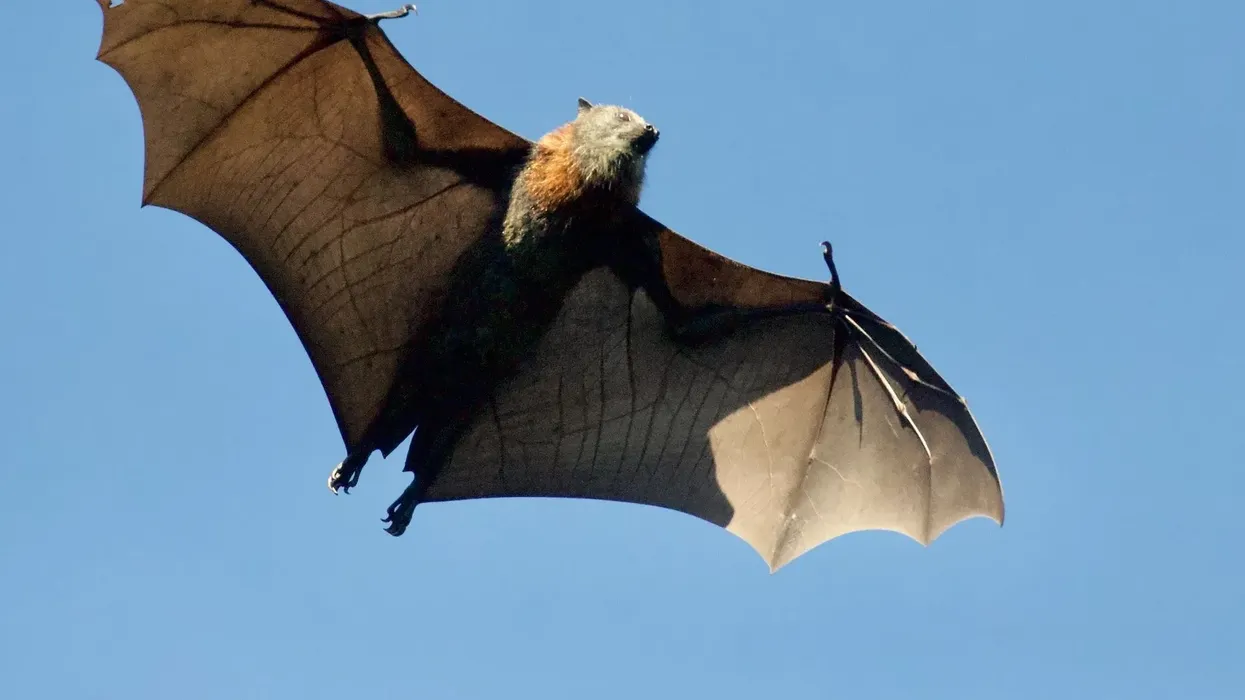The Cape canary (Serinus canicollis) is a beautiful little passerine bird found in Southern Africa. It is also often referred to by its French name, Serin du cap. This species has been further introduced to Réunion and even Mauritius.
Like all canaries, this yellow species also has a beautiful and melodious song. The preferred habitat of the Serin du cap includes gardens, meadows, fynbos, and even grassland areas.
This bird of the Passeriformes order, family Fringillidae has three subspecies under it. You can read more about the subspecies below.
The distribution of this breeding bird has also been observed in parts of Asia. This species is often confused with the yellow-fronted canary, however, the Cape canary lacks the black facial marks.
We are sure you must have enjoyed these interesting Cape canary facts! You can enjoy reading more amazing information on other birds, such as the Atlantic canary and the painted bunting!
Cape Canary Interesting Facts
What type of animal is a Cape canary?
The Cape canary (Serinus canicollis) is a type of passerine.
What class of animal does a Cape canary belong to?
The Cape canary belongs to the class Aves.
How many Cape canaries are there in the world?
Uh-oh, we are not aware of the total population of this bird.
Where does a Cape canary live?
This bird is a resident breeder of various parts of southern Africa. It has been later introduced to the French island Réunion and even Mauritius.
The native range of the Cape canary includes the eastern highlands of Zimbabwe, Mozambique, Swaziland, South Africa, and Lesotho. Its distribution is also observed in Limpopo Province, KwaZulu-Natal, and both the Eastern Cape and the Western Cape.
What is a Cape canary's habitat?
The distribution of this bird is preferably in highland areas, centered around orchards, fynbos, and grassland and gardens. Their range also includes coastal dunes, open savannas, woodlands, and shrublands.
Who do Cape canaries live with?
Cape canaries are known to live in either pairs or small birds.
How long does a Cape canary live?
The Serin du cap is known to have a lifespan of around five years.
How do they reproduce?
The Cape canary (Serinus canicollis) forms monogamous breeding pairs. Usually, they are solitary nesters.
However, there may be instances where these birds form loose colonies with about 12 other nests in nearby trees. The task of building the nest is entirely carried out by the mother, which takes about two to three weeks.
The female builds a compact nest placed in scrubs. This nest consists of thick-walled cup plant tendrils with lichens, twigs, pine needles, mosses, and sometimes with pieces of wool, cotton, and rags.
The interiors of the nest are soft, lined with a hairy pappus of seeds, hair, feathers, and wool. The rim of the nest is usually made of plant rootlets, which are used by chicks to deposit their feces.
The female lays her eggs between the months of August to February, with its peak being observed between the months of October to December. The clutch size varies between one to five eggs.
The female bird alone looks after the incubation, which takes around 12-16 days. The male bird looks after the food requirements, bringing her food from time to time and protecting the nest.
The canary chicks are brooded by their parents for the first few days after they hatch open. Females remain at the nest to look after their chicks, while male canaries arrange food for all the little ones.
In situations of rain or extreme heat, the female canary stands and stretches out her wings, covering the little hatchlings. After about two to three weeks, the chicks begin learning to fly, however, they still remain dependent on their parents.
What is their conservation status?
The conservation status of the Cape canary (Serinus canicollis) is Least Concern.
Cape Canary Fun Facts
What do Cape canaries look like?
The adult male canary has a light green back adorned with black edging to the wing feathers and the tail. The rump, underparts, and tail sides are all yellow. This color slowly fades to white towards the lower belly. The rear head, as well as the neck, are gray-hued, with a beautiful little cinnamon face.
The female canary is very much similar to the male. However, she has less gray tint on her head. Juveniles have green-yellow underparts which are heavily struck in brown color.
This species is well distinguished from a similar-looking species – the yellow-fronted canary – by lacking the black markings on the face.
How cute are they?
We absolutely love how beautiful these birds of the Passeriformes order, family Fringillidae are!
How do they communicate?
The Cape canary call is more like ‘tsit-it-it’ sounds. Their song is more like warbled goldfinch-like whistles and trills, heard when the birds are in flight or perched upon a high branch.
How big is a Cape canary?
The Cape canary bird grows to a length of about 4-5 in (11-13 cm).
This is equal to two times the length of the calliope hummingbird.
How fast can a Cape canary move?
We are not aware of the speed of the Cape canary (Serinus canicollis).
How much does a Cape canary weigh?
This little bird weighs about 0.5-0.7 oz (15-20 g).
What are the male and female names of the species?
Female birds of the canary species are called hens, while male birds are called cocks.
What would you call a baby Cape canary?
A baby canary is called a chick.
What do they eat?
This beautiful bird is mainly a seed-eater. The Cape canary diet primarily consists of seeds, insects, flowers, flower buds, and even small fruits.
These seeds are either plucked from plants directly or picked up from the ground.
Are they dangerous?
This Serinus species is not dangerous at all!
Would they make a good pet?
We love the idea of keeping the Cape canary (Serinus canicollis) as pets.
Did you know...
There are three subspecies under this bird: Cape canary (S. c. canicollis), S. c. griseitergum, and Kivu canary (S. c. sassii).
Common predators of this species include cats, snakes, owls, eagles, falcons, and hawks.
What does a canary do?
Canaries are known for their beautiful songs. They are highly sociable species, known to sing beautiful songs in unison with other birds of their species.
Do wild canaries migrate?
Sorry, we do not know the answer to this question as it is not available. However, these birds do move to their breeding grounds when the breeding season comes by.
Here at Kidadl, we have carefully created lots of interesting family-friendly animal facts for everyone to discover! For more relatable content, check out these bee-eater facts and toco toucan facts for kids.
You can even occupy yourself at home by coloring in one of our free printable songbird coloring pages.










